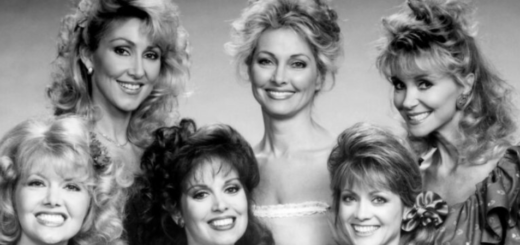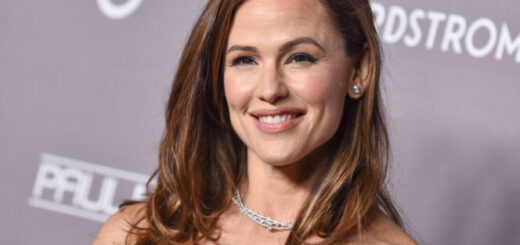Innocence and Allure: The Tale of a Screen Siren
With flawless porcelain skin, strikingly expressive eyes, and a graceful English charm, Madeline Smith stood out as more than just another beauty in the golden years of British film. She embodied a rare combination of innocence and sensual appeal that captivated audiences throughout the 1970s. Her journey through the entertainment world was brief but unforgettable—rising swiftly, stepping away quietly, and leaving behind a legacy wrapped in vintage elegance and human warmth.
She was born on August 2, 1949, in Hartfield, Sussex. Growing up in a middle-class family, she received a convent school education, which helped shape her gentle and reserved nature. But beneath that polite exterior was a young woman drawn to the spotlight, even if she never actively chased it.
As a teenager, she took a job at Biba, the legendary London fashion boutique that became a magnet for trendsetters and celebrities. Her beauty soon caught the eye of photographers, launching her into a modeling career that included features in fashion spreads and even some men’s magazines.

Yet, her appearance wasn’t brash—it was refined. With her “English rose” look, she stood apart from the bolder pin-ups of the time. Her striking features caught the attention of casting agents, and the film industry quickly opened its doors.
Her first screen role came in the 1967 comedy The Mini-Affair, but it was her work with Hammer Film Productions that truly set her apart. Hammer, known for its gothic horror classics, gave her roles in Taste the Blood of Dracula and The Vampire Lovers, both released in 1970. These films thrust her into the limelight and established her as one of the era’s quintessential screen sirens.
Her casting in these moody, seductive horror films was no accident. As Hammer leaned into more provocative territory during the early ’70s, Madeline offered the perfect mix of vulnerability and allure. Often playing the innocent caught in dark, sensual plots, she became a favorite for these types of roles. But her performances were far from one-dimensional. She brought subtlety, poise, and even wit to her characters—traits that directors appreciated beyond her looks.
In 1973, she landed one of her most iconic roles—Miss Caruso in the James Bond film Live and Let Die. Acting opposite Roger Moore in his debut as 007, she appeared in the film’s opening bedroom scene, only to be humorously interrupted by Bond’s superior, M. Although her screen time was limited, the moment was unforgettable. Becoming a Bond girl secured her a place in cinematic history.
Instead of fading into obscurity after that role, as many Bond girls did, she continued building a solid filmography throughout the 1970s. Alongside her movie roles, Madeline flourished on British television. She appeared in beloved shows like Doctor at Large, The Two Ronnies, The Persuaders!, and Steptoe and Son. She also had a recurring part in The Amazing Mr. Blunden and showed off her comedic talents in the popular series Up Pompeii!.
Audiences admired her not only for her beauty but for her ability to bring subtle humor and nuance to her performances. Often cast as the calm presence amidst outrageous scenarios, she knew how to make a lasting impression without overshadowing her co-stars.
By the early 1980s, Madeline began stepping away from the spotlight. She married fellow actor David Buck, whose work included voice acting and stage performances. Together, they had a daughter. Choosing to prioritize her family over her career, she made a graceful exit from the screen—a decision rooted in personal conviction, not scandal or failure.
For many years, she lived quietly out of the public eye. When David Buck passed away in 1989, she focused on raising their daughter and kept a low profile. Her absence from the public stage only added to the air of mystery around her.

In the 2010s, as audiences grew more nostalgic for vintage cinema and cult horror, Madeline reemerged. She appeared at film conventions, gave interviews, and took part in documentaries reflecting on her era in film. In 2018, she made a celebrated return to the stage in An Ideal Husband at London’s Vaudeville Theatre, proving her presence and talent remained intact.
In recent interviews, she’s opened up about her early career—the way she was often typecast, the challenges of navigating a male-dominated industry, and the pressures placed on young actresses at the time. Still, she reflects on her past with gratitude, embracing her roles in Bond lore and Hammer horror with quiet pride.
Though her career wasn’t filled with decades of starring roles, Madeline Smith made a permanent mark on British cinema. She captured the mood of a cinematic era that thrived on mystery, glamour, and cheeky wit. And she did it all with poise.In a world where so many stars burn brightly only to fade, she remains a lasting presence—not because she demanded attention, but because she had a way of holding it, effortlessly.


